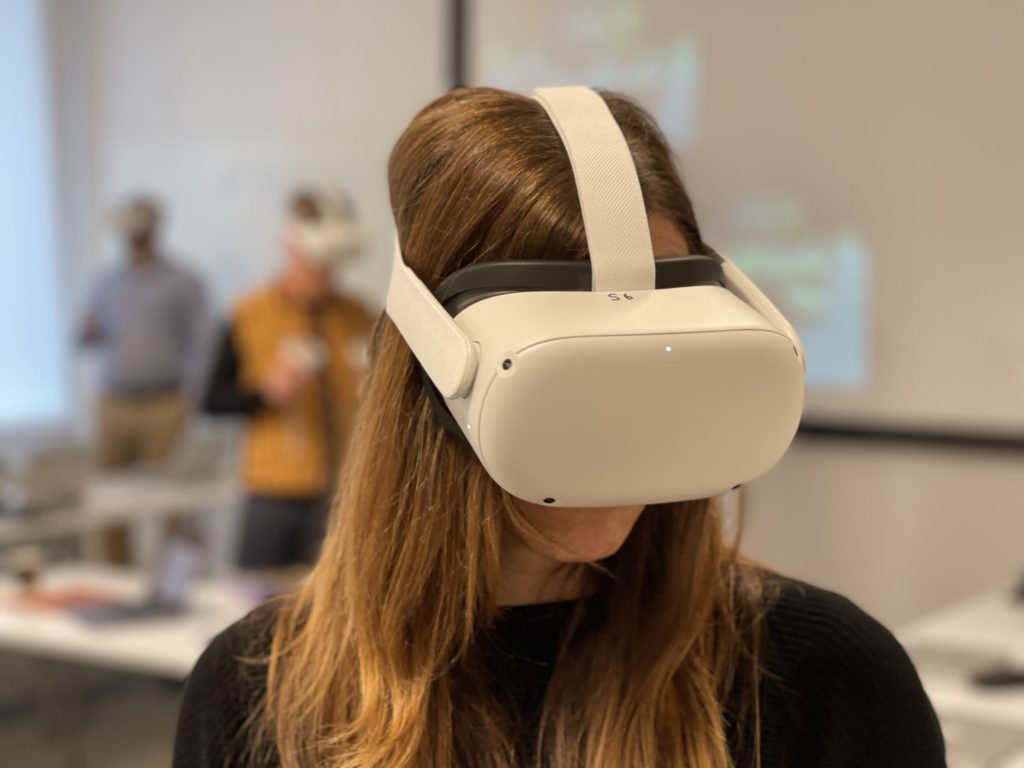
CoViRR
Similar to the 360ViSi project, the Erasmus+ project titled “Co-creation of Virtual Reality Reusable e-Resources for European Healthcare Education (CoViRR)” aims to consider the approaches to enabling and producing 360° interactive video which can be embedded within Reusable Learning Objects (RLOs).
CoViRR has held a number of meetings, training events and international presentations on the strategic aims, development progress and findings to date. The work packages, as deliverables for this project, include the co-creation and technical implementation of VR activities (as scenarios) together with an analysis of feasibility and acceptability of reusable VR e-resources in the form of documented best practices and recommendations from a co-creational design aspect.
The dissemination of results will occur in the following ways:
- Virtual channels at local, national and international levels to inform about the created VR e-resources; attracting more learners from other universities for analyzing the feasibility and the acceptability.
- Outcomes delivered through a multiplier event, journal publications, conferences, social media, and websites, press and internal and external partner networks.
More information is available from the CoViRR website.
The 360ViSi project has been able to benefit particularly from technical input from partners also involved in the CoViRR project. With both projects running concurrently, it has been a good opportunity for learning technologists, software developers and researchers alike to be able to exchange useful knowledge and common interests between all involved.
ARsim2Care
Following the same line as 360ViSi, there is another Erasmus+ project, titled “Application of Augmented Reality in Clinical Simulation (ARsim2care)”, which aims to enhance the use of manikins with augmented reality in order to carry out certain nursing techniques.
The main goal of this project is to develop an Augmented Reality (AR) software that, combined with clinical simulation anatomical models, allows students to learn how to perform invasive clinical procedures, helping them visualize internal anatomical structures. The project is addressed at a European level as the training of technical skills is a common need for European nurses.
The procedures compiled in a manual included in the ARsim2Care app, are endotracheal intubation, arterial blood sampling, intramuscular injection, nasogastric tube insertion and suctioning via a tracheostomy tube.
This manual includes the detailed description of each procedure, and it illustrates the key internal anatomical structures to be visualized by the student during the procedure.
The ARsim2Care project was initiated before 360ViSi, and it is in its final stage. It has allowed the 360ViSi team to see how new technologies, particularly technologies related to VR and AR, can help students gain better practical/technical competencies. Researchers from both teams (ARsim2Care and 360ViSi) have been in contact to discuss results and exchange experiences.

